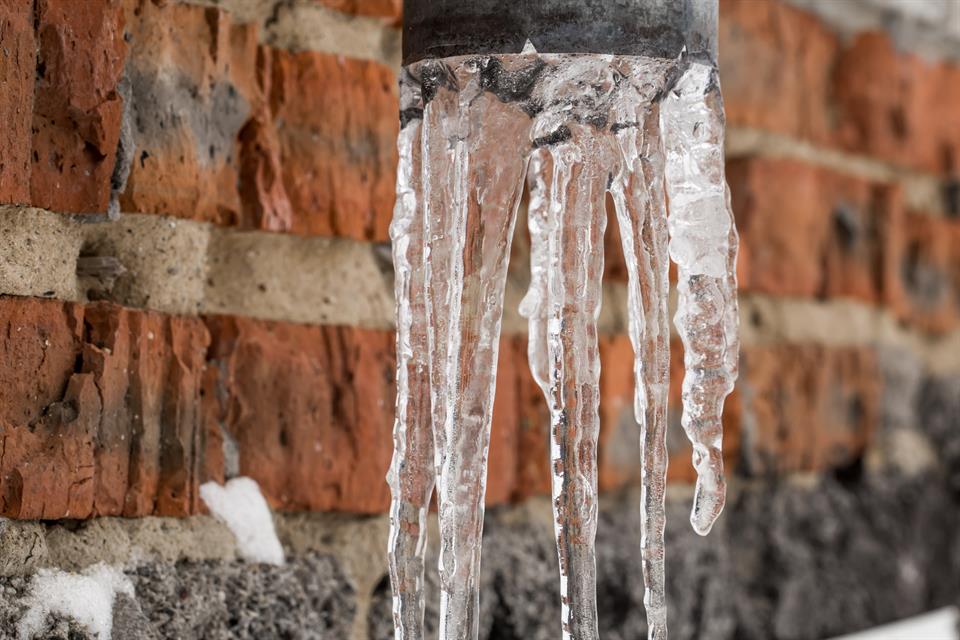Submitting Proof of Loss for Flood Damage
Understanding the Proof of Loss Requirement
A Proof of Loss is a sworn statement required by the National Flood Insurance Program (NFIP) that documents your flood damage claim details. This legal document must be submitted within 60 days of the flood event, regardless of whether your adjuster has completed their inspection. The form serves as your official claim for damages and becomes a binding legal document once signed and notarized.
Unlike other insurance claims, flood insurance through NFIP mandates this specific form, and failure to submit it within the deadline can result in claim denial. Private flood insurance policies may have similar requirements, though terms can vary by insurer.
Gathering Required Documentation
Before completing your Proof of Loss, compile comprehensive documentation of all flood damage. Take detailed photographs and videos of structural damage, damaged personal property, and flood lines on walls. Create an itemized inventory of all damaged items, including descriptions, ages, and estimated replacement costs.
Collect receipts, appraisals, or other proof of value for expensive items when possible. Document any emergency repairs or cleanup costs with receipts and photographs of the work performed. Obtain repair estimates from licensed contractors for structural damage, as these will support your claimed amounts.
Completing the NFIP Forms
The NFIP Proof of Loss consists of several forms: the main Proof of Loss form, personal property inventory sheets, and supplemental claim information forms. Fill out each section completely and accurately, listing all damaged items with specific details, including purchase dates, original costs, and current replacement values.
For structural damage, provide detailed descriptions of affected areas, materials involved, and estimated repair costs. Be thorough but honest in your assessments, as inflated claims can jeopardize your entire settlement. If you're unsure about values, err on the side of conservative estimates rather than overestimating.
Submission Process and Timeline
The completed Proof of Loss must be notarized before submission. Many insurance adjusters can provide notary services, or you can visit banks, shipping stores, or legal offices for notarization. Submit the original signed and notarized forms to your insurance company via certified mail, keeping copies for your records.
The 60-day deadline is strictly enforced, so don't wait for adjuster completion or repair estimates if they're delayed. You can submit an initial Proof of Loss and amend it later if additional damage is discovered, but the initial submission must occur within the deadline.
After Submission
Once submitted, your insurance company will review the Proof of Loss against their adjuster's findings. Expect potential negotiations if there are discrepancies between your claimed amounts and the adjuster's estimates. Keep detailed records of all communications and be prepared to provide additional documentation if requested. The Proof of Loss becomes the basis for your final settlement amount.





